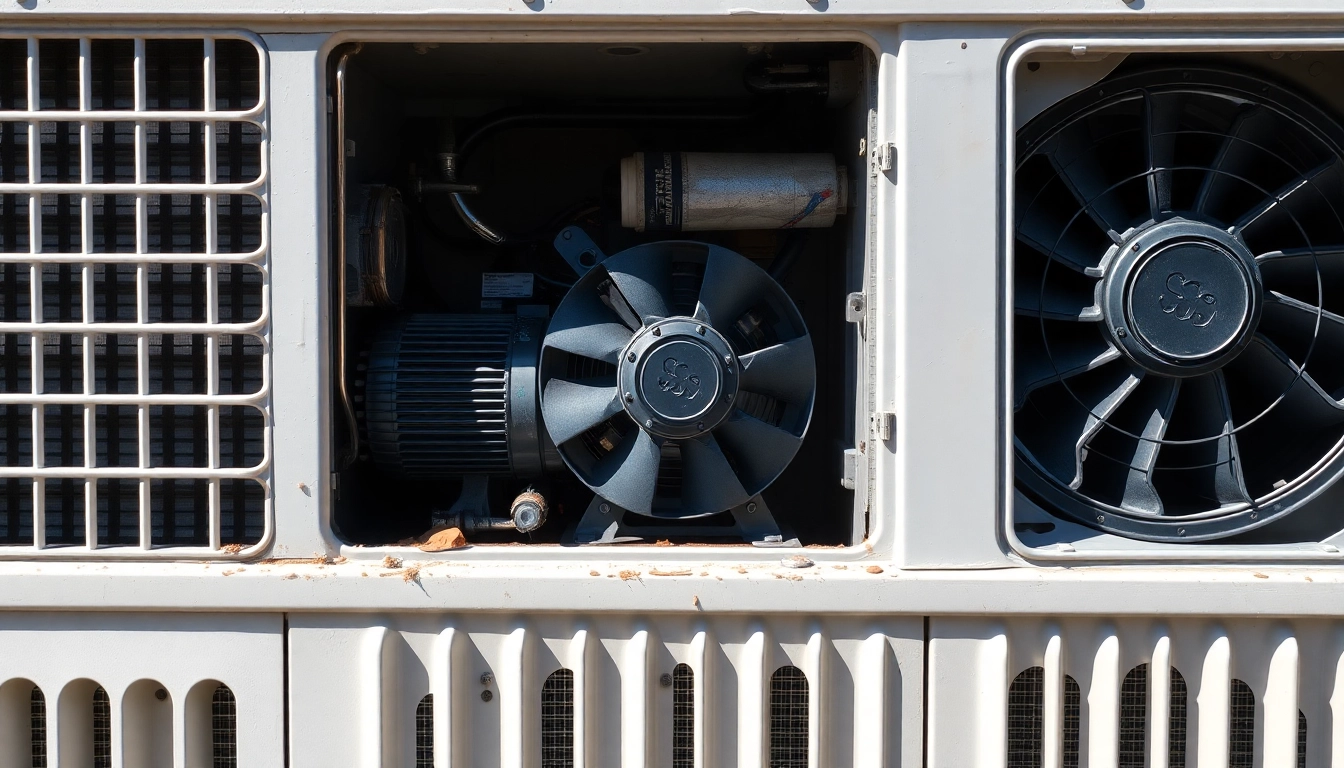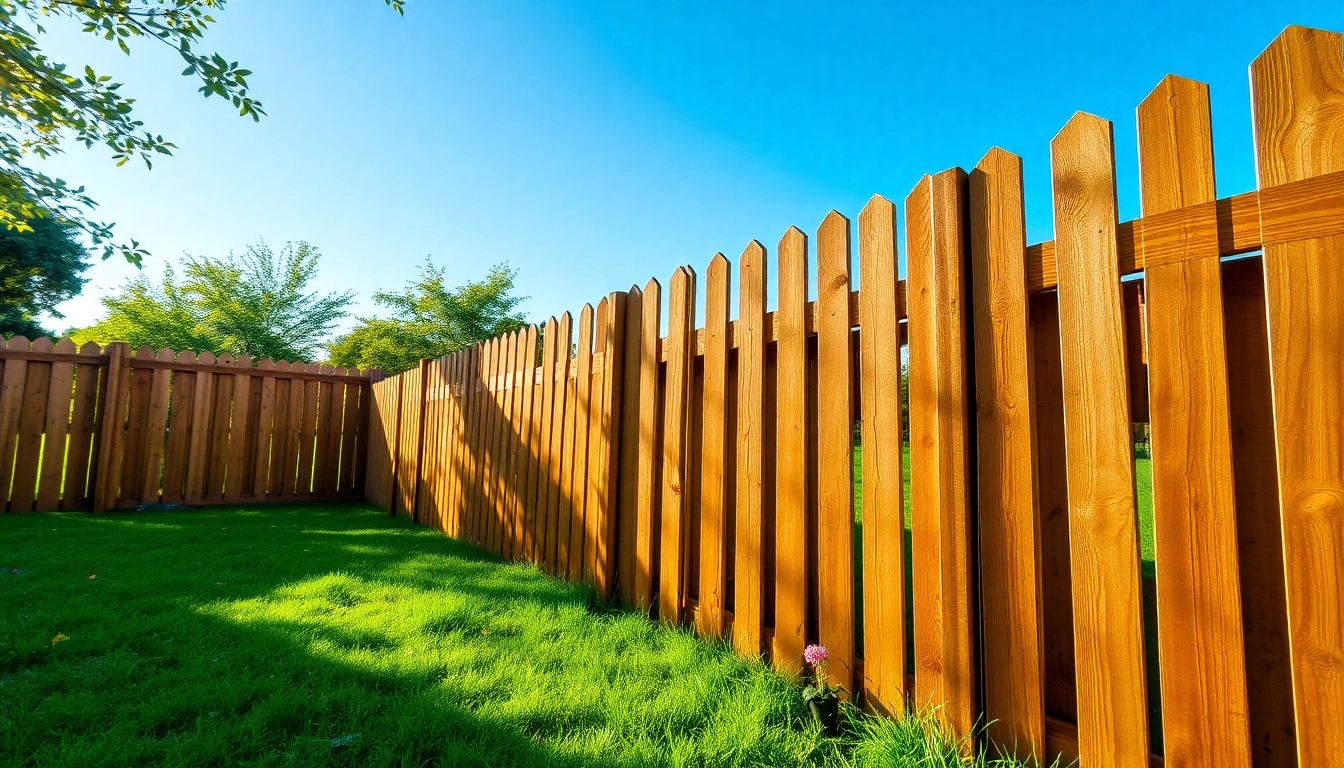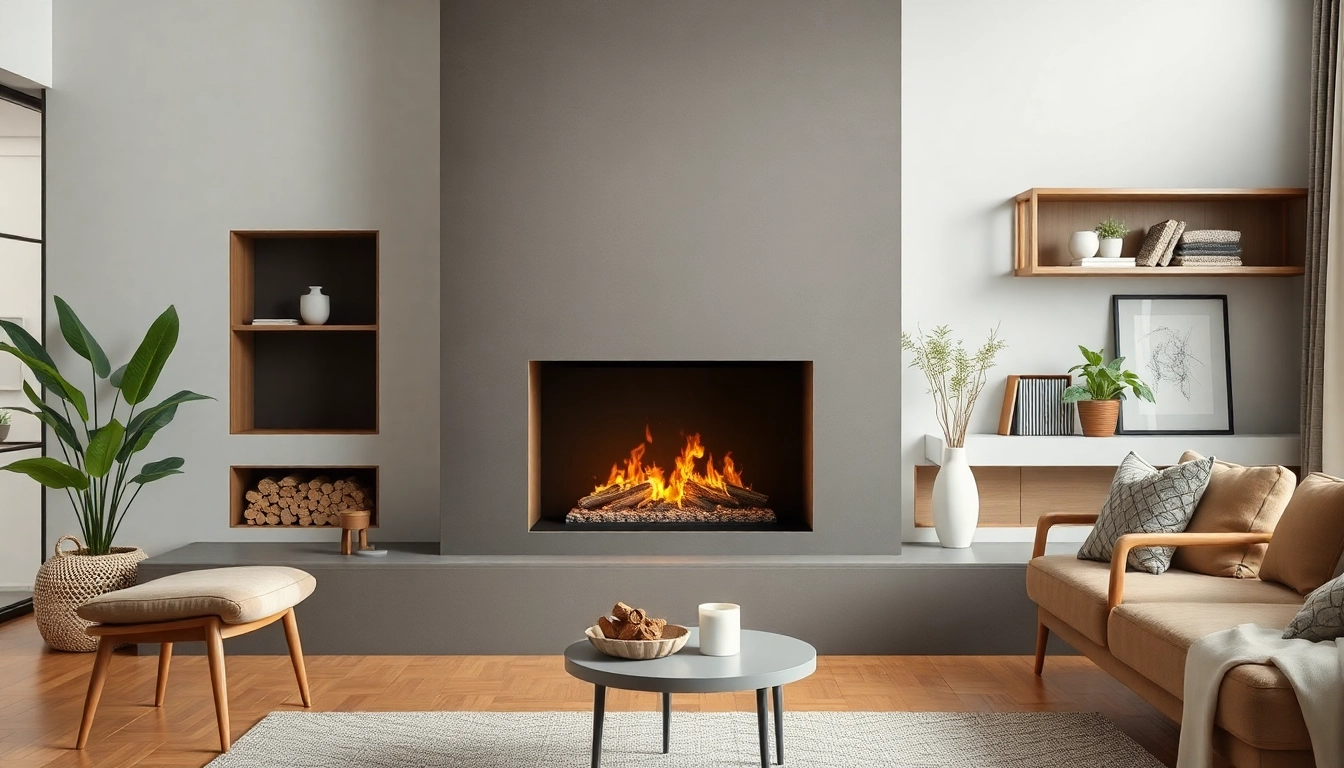Understanding Wandbegrünung Indoor
What is Wandbegrünung Indoor?
Wandbegrünung Indoor, or indoor wall greening, refers to the integration of plants into the vertical surfaces of indoor spaces, creating lush, living walls. This practice not only enhances aesthetic appeal but also contributes significantly to environmental well-being. Such installations can range from small modular systems, where homeowners can place plants in specific patterns, to larger, intricate designer walls that require professional installation. An indoor living wall typically involves a variety of plants and can be customized to fit the unique needs and style of different environments.
As urban living becomes increasingly common, many are turning towards innovative solutions to bring a touch of nature indoors. You can find more information on how to achieve effective Wandbegrünung Indoor installations that suit your specific needs and style.
Benefits of Indoor Plant Walls
Indoor plant walls are becoming more popular due to their numerous benefits. Here are some of the key advantages:
- Aesthetic Enhancements: Living walls bring vibrant colors and textures into otherwise dull spaces, creating focal points in homes, offices, and public areas.
- Air Quality Improvement: Plants naturally filter air pollutants, improving indoor air quality by absorbing carbon dioxide and releasing oxygen while also reducing levels of certain toxins.
- Humidity Regulation: Indoor plant walls can help maintain optimal humidity levels, which can be particularly beneficial in dry environments or during winter months.
- Noise Reduction: Plants can act as sound barriers, absorbing noise and creating a quieter indoor environment.
- Psychological Benefits: Greenscapes can reduce stress, enhance creativity, and create a sense of well-being among occupants.
Designing Your Wandbegrünung Indoor
Assessing Your Indoor Environment
Before embarking on your indoor wall greening project, it’s essential to assess your environment. Key considerations include:
- Lighting: Different plants have diverse light requirements. Observe the natural light conditions of your space throughout the day and choose plants accordingly.
- Temperature and Humidity Levels: Climate plays a critical role in plant selection. Warmer, humid spaces might be perfect for tropical species, while cooler environments may benefit from hardier plants.
- Wall Material: The type of wall can influence installation options. Ensure the wall can support the weight of the plants and soil.
- Space Usage: Consider how the space is used. In high-traffic areas, opt for plants that are more resilient and require less maintenance.
Layout and Structural Considerations
The layout of your indoor plant wall is crucial for achieving both visual appeal and functional effectiveness. Here are some structural tips:
- Vertical Planters: Utilize vertical planters that allow multiple arrangements and accommodate various plant species.
- Modular Systems: Choose modular systems that can easily be adjusted as plants grow, providing flexibility in design.
- Watering Systems: Consider integrating a drip irrigation system to simplify maintenance and ensure plants receive the necessary moisture.
- Accessibility: Ensure that the wall is accessible for plant maintenance, including pruning and pest control.
Colors and Aesthetics that Enhance Mood
Color psychology plays an essential role in interior design. When planning your indoor green wall, consider the following:
- Plant Colors: Incorporate a mix of foliage varieties to provide various shades and textures, enhancing visual interest.
- Background Colors: The wall color substantially influences the perception of the plants. Complementary colors can enhance the vibrancy of the greenery.
- Seasonal Variation: Consider plants that may change with the seasons to keep the ambiance fresh and engaging throughout the year.
Maintenance Tips for Wandbegrünung Indoor
Watering and Humidity Needs
Maintaining proper watering and humidity levels is vital for the success of your indoor plant wall. Here’s a comprehensive guide:
- Watering Frequency: Determine the needs of each plant species and tailor your watering schedule accordingly. Generally, overwatering is more detrimental than underwatering, so ensure proper drainage.
- Humidity Control: Regular misting or placing humidity trays can help achieve the optimal humidity levels for tropical plants.
- Automated Systems: Consider investing in automated irrigation or misting systems to ensure consistent moisture levels.
Fertilization and Pest Control
Healthy plant growth requires regular fertilization and pest management. Here are some best practices:
- Type of Fertilizer: Utilize slow-release fertilizers to provide balanced nutrients over time. Be cautious of over-fertilizing, which can harm plants.
- Pest Monitoring: Regularly inspect plants for fluctuating pest populations and utilize organic or gentler pest control methods when necessary.
- Integrated Pest Management (IPM): Implement a holistic approach to managing pests, combining biological controls, such as beneficial insects, with chemical options as needed.
Seasonal Care for Indoor Plants
Indoor plants require different care routines throughout the year. Adapt your maintenance strategies to seasonal changes:
- Winter Care: Reduce watering frequency in winter months and ensure plants are kept away from cold drafts and heating vents.
- Summer Care: In hotter months, monitor soil moisture more closely, as plants may require additional watering.
- Seasonal Pruning: Regularly trim back overgrown areas to promote bushier growth and improve airflow among plants.
Innovative Systems for Wandbegrünung Indoor
Modular Plant Wall Solutions
Modular systems have revolutionized the way we approach indoor walls. Here’s how they can benefit your space:
- Flexibility: Modular systems allow for easy rearrangement of plants and can adapt with changing designs.
- Scalability: Start small and expand as your confidence and interest grow, enabling gradual investment in your green wall.
- Variety Options: Choose from panels that accommodate a wide range of plants, from succulents to vibrant flowering options.
Using Technology for a Healthy Plant Wall
Modern technology enhances the effectiveness of indoor plant walls, incorporating various innovations:
- Smart Watering Systems: Utilize sensors to measure soil moisture levels and automate watering schedules for optimal plant health.
- Environmental Monitoring: Employ devices to monitor temperature, humidity, and light levels to better understand the needs of your plants over time.
- Mobile Apps: Many applications provide reminders for watering, fertilization, and pest management based on your plant species and growth conditions.
Custom Solutions for Unique Spaces
Every indoor environment is unique. Tailoring your indoor plant wall design can significantly impact its success:
- Space Constraints: Collaborate with designers to create custom solutions that work with any limitations in your space.
- Specific Requirements: For spaces with particular uses, choose plant varieties that align with the environment’s purpose, be it aesthetic, functional, or a blend of both.
- Collaboration with Professionals: Engage with landscaping professionals to achieve a sophisticated look while ensuring the sustainable health of your plant wall.
Cost Considerations for Wandbegrünung Indoor
Initial Investment vs. Long-Term Benefits
Investing in an indoor wall greening project requires careful consideration of both upfront costs and long-term benefits:
- Initial Costs: Expect varying expenses based on materials, plant varieties, installation requirements, and maintenance needs. Prices can range from several hundred to thousands of dollars, depending on scale and complexity.
- Return on Investment: Consider the long-term gains, which may include improved productivity, reduced energy costs due to natural temperature regulation, and enhanced property value.
- Health Benefits: The psychological and physical health benefits that accompany indoor plants can lead to decreased medical costs and improved well-being over time.
Factors Influencing Cost of Installation
Several factors will affect the overall installation cost of your indoor plant wall:
- Size and Scale: Larger installations typically cost more, both in materials and labor.
- Plant Selection: Specialty or rare plants may be more expensive, influencing your overall budget.
- Installation Complexity: If a more complex structure is required, including irrigation and lighting systems, costs can increase significantly.
Budgeting for Maintenance and Upgrades
Planning for maintenance is crucial in the long life of your indoor plant wall:
- Regular Maintenance Costs: Budget for ongoing care, such as pruning, pest management, and replacing dead plants as necessary.
- Seasonal Adjustments: Consider seasonal care expenses, including heating for plants in winter months or cooling solutions during summer.
- Periodic Upgrades: Enhance your plant wall over time with new varieties or structural improvements; budget for these adjustments accordingly.


